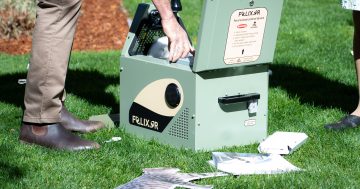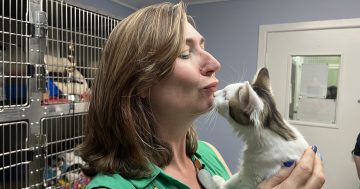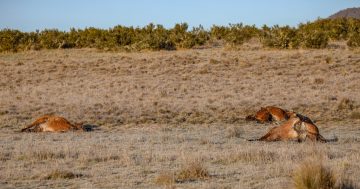I live in a complex not that far from a nature reserve. Earlier this year, kittens start to show up in the complex grounds that clearly don’t belong to anyone. They live under cars, in the common gardens and around the skips. Now those kittens have turned into cats and they like to fight/breed with each other at night and (one can only presume) eat the local birdlife and wildlife given the proximity to the nature reserve.
I previously contacted the RSPCA for advice and was told to hire a cage and catch the cats individually then bring them down to their Weston shelter. Given there are at least three groups of different cats that I’ve seen, that’s a lot of catching! I’m no expert on cats but I imagine it’s not that easy to catch them and they would learn quickly how the trap works. Plus the idea of an untrained person catching feral cats carrying god knows what disease doesn’t seem very sensible to me.
So today I rang TAMS and they also suggested the trap hire from the RSCPA and putting up signs to tell neighbours not to feed the cats so they will “hopefully move on elsewhere”. I will put up a sign but the other suggestion of moving the problem on seems strange. You would assume the aim should be to protect local birdlife and wildlife. I also thought TAMS might have a more coordinated approach to feral animals in the ACT than hoping for well-minded but untrained Joe Citizens to be a ferry service to the RSPCA.
Since TAMS and RSPCA don’t seem able/willing/funded to undertake coordinated action, are there any legal privately funded alternatives?

















